#charles V
Explore tagged Tumblr posts
Text
having ships of clone high feels kinda illegal cuz why do you ship persons who had already die? anyway more clone high ships i have with @sopita-instantanea <3

Alexander The Great & Walt Disney the troublemaker and the house boy.

Charles V & Dr.Seuss bad cop and good cop

Well, Kurt Cobain & Harlan Ellison idk how to categorize them fr
#clone high fan clone#clone high fancharacter#clone high#clone high fanart#clone high fandom#clone high oc#harlan ellison#kurt cobain#dr. seuss#charles v#alexander the great#walt disney#clone high alexander the great#clone high walt disney#lmao idkhow the tags work
92 notes
·
View notes
Text

Prison of Francis I by Giovanni Migliara
#francis i#prison#prisoner#spain#art#giovanni migliara#architecture#king#france#french#king of france#history#europe#european#françois i#habsburg#spanish#charles v#battle of pavia#medieval#middle ages#renaissance#royalty#royals#royal#nobility
218 notes
·
View notes
Text

13 Holy Roman Emperors! 5 Kings of Spain! 4 Emperors of Austria! Like the same 3 nasty chromosomes being inbred around! 1 Holy Roman Empress! The Habsburg dynasty from 1500-1918, from Charles to Charles!
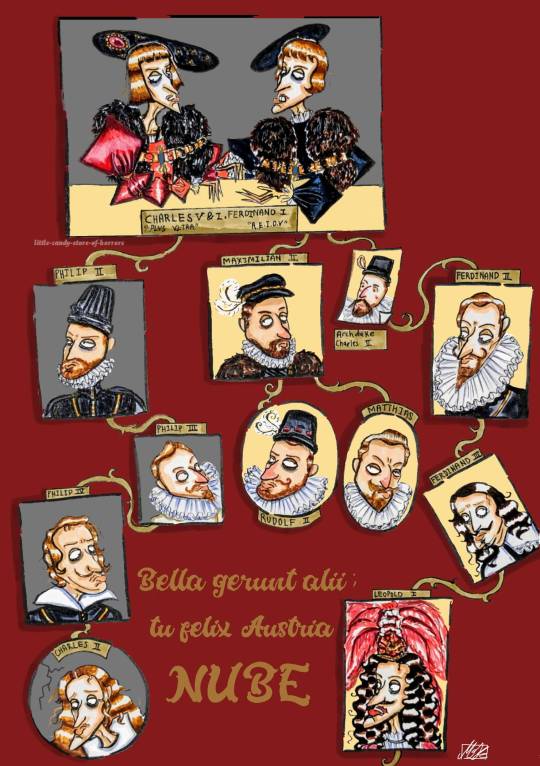
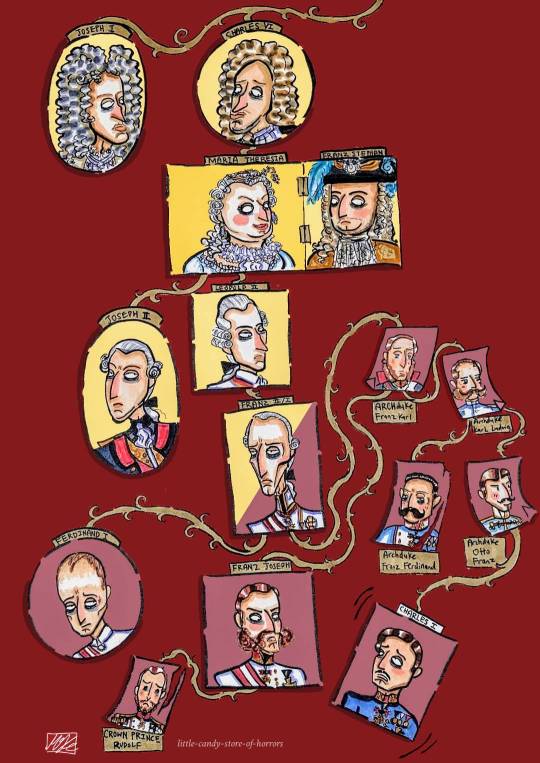
#Ok to reblog!#House of Habsburg#historical art#history art#historical portrait#austrian history#spanish history#Charles v#philip ii#philip iv#carlos ii#maria theresa#Francis ii#franz joseph#Archduke franz ferdinand#crown prince rudolf#16th century#17th century#18th century#19th century#Remember when i said might continue the family wreath to bLeSsEd Karl. Well unfortunately here we are.#Tagging only the most popular folks sorry 😔 tumblr wont let me etc#Something something it starts w the original flag n goes into black for spanish branch gold for HRE n red for austrian empire
35 notes
·
View notes
Text
No more Tudors, please—unless it’s Mary I or Edward VI. Let’s focus on the Trastámaras, especially Catherine of Aragon, and delve into the Habsburgs, like Margaret of Austria and her nieces: Eleanor, Isabella, Maria, and Catalina. And don’t forget Charles V and his brother Ferdinand! We need more content on the Trastámara and Habsburg dynasties, as well as Stuart topics that aren’t about Mary, Queen of Scots or Stuart England.
#history#tudor era#mary i of england#mary i#catherine of aragon#catalina de aragon#margaret of austria#eleanor of austria#isabella of austria#maria of austria#charles v#ferdinand i#mary queen of scots#mary stuart#stuart dynasty#trastamara dynasty#enoug with the elizabeth i stuff#gimme mary i
32 notes
·
View notes
Photo

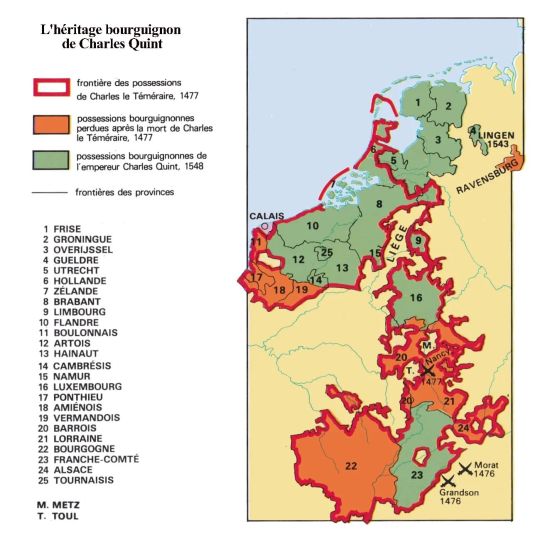
The Empire of Charles V
« Le grand atlas de l’histoire mondiale », Encyclopædia Universalis, 1979
by cartesdhistoire
Charles of Habsburg was a Burgundian duke who became king of Spain in 1516 and later Holy Roman Emperor in 1520. During his early years, the Burgundian heritage remained the primary cultural influence on the future Charles V, who was raised in the Netherlands. However, within him, all the legacies converged: Roman and Carolingian successions, messianism, crusading duty, the reestablishment of imperial supremacy, and the fulfillment of the latter through the conquest of the New World.
The title of Charles V reflects the complexity of his personal empire while exalting its grandeur. He is commonly referred to as "Cesarea Catholica Majestas," and he often described himself in documentation as "emperor and king," succinctly expressing a dual sovereignty consolidated under one ruler.
Contrary to the fears of his contemporaries, who perceived him as possessing implacable power and harboring ambitions of conquering Europe and the world, Charles V's imperial project did not aim for such dominion. Throughout his life, the emperor defended against such aspirations, as evidenced by his actions. However, he did have a plan for his title to be more than just an honorific designation but a functional role in its own right. The individual who received the imperial crown theoretically held the highest temporal authority after God – second only to the pope – and had no earthly superior. Charles V envisioned leading humanity along the path outlined by the Gospels, even if it required war against pagans and infidels.
This was the true vision of Charles V: to unite Christians in a quest symbolized by his throne without subjugating them. While he aimed to lead Christendom, he did not intend to completely merge it with the empire he governed personally. Such an endeavor would have been burdensome for all involved and required the systematic use of force, which did not align with the emperor's character.
69 notes
·
View notes
Text

Charles V (1500-1558) and Philip II (1527-1598). Kings of Spain by Antonio Arias Arias Fernández (1614-1684)
🏛️ Prado Museum. Madrid, Spain
⠀
Shown here on the left is Charles V (1500 – 1558) - head of the rising House of Habsburg. Holy Roman emperor, king of Spain as Charles I, Lord of the Netherlands as Charles II, King of Germany.
On the right is his son king Philip II (1527-1598) - he is resting his right hand on a globe that symbolizes the planetary extent of his possessions. The most powerful ruler of his time.
⠀
- -
Карл V и его сын Филипп II. Портрет работы Антонио Ариаса Фернандеса, 1639-1640
🏛️ Музей Прадо. Мадрид, Испания
⠀
Слева изображен Карл V (1500-1558) – из рода Габсбургов. Король Испании (Кастилии и Арагона) под именем Карлос I, герцог Нидерландский (Карл II), король Германии, Император Священной Римской империи.
Справа - его сын, король Испании Филипп II (1527-1598), опирающийся правой рукой на земной шар, символизирующий планетарные масштабы его владений. Сам��й могущественный европейский монарх своего времени.
⠀
#king #KingOfSpain #CharlesV #PhilipII #ФилиппII #КарлV #корольИспании
#king of spain#medieval#history#armor#armours#история#harnisch#armadura#armour#искусство#живопись#art#philip ii of spain#Филипп II#Charles V#habsburg#Габсбург
31 notes
·
View notes
Text

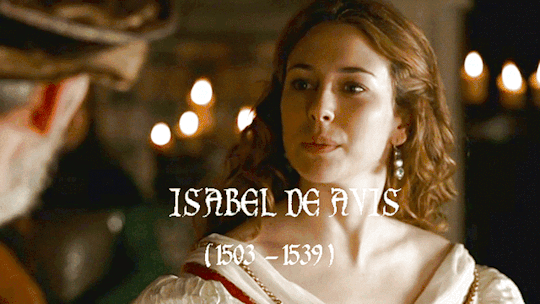
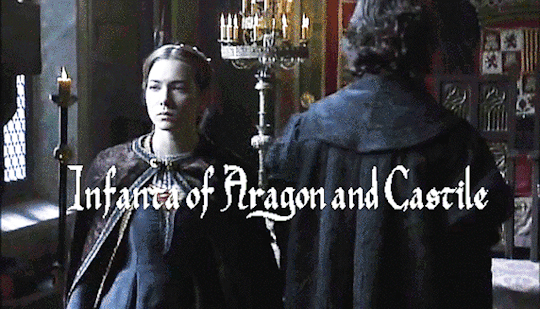
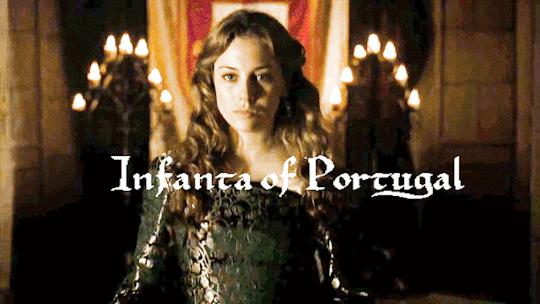

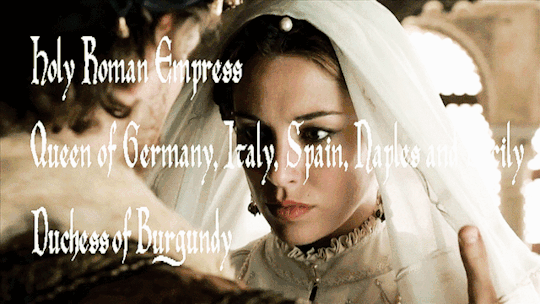

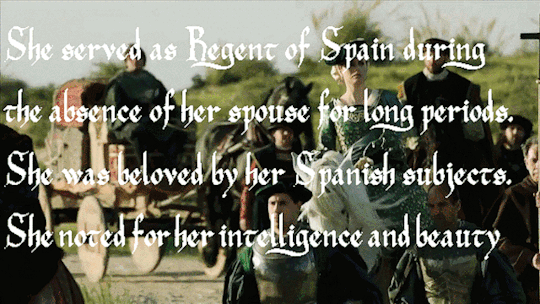
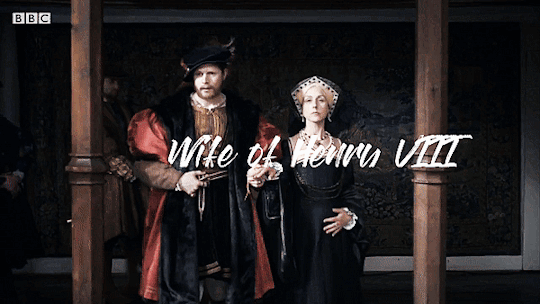
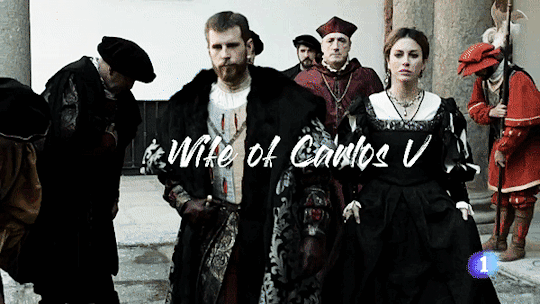
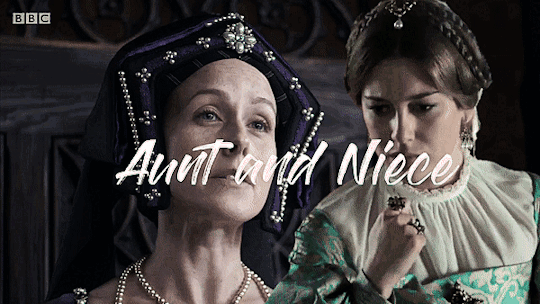
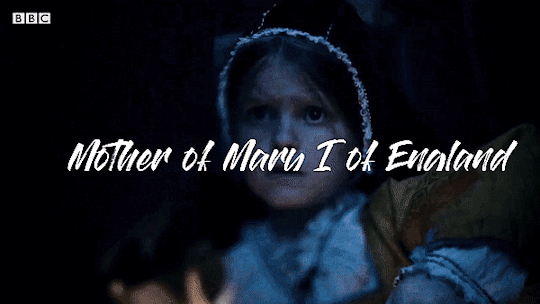
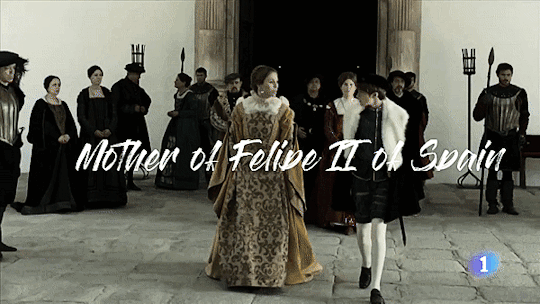
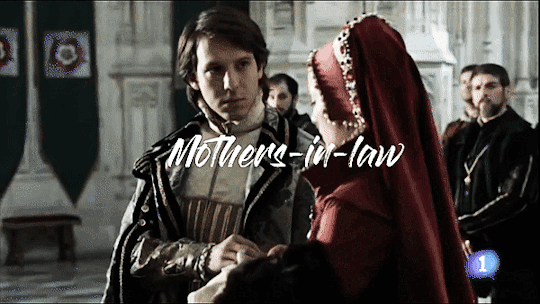
#katherine of aragon#catherine of aragon#catalina de aragon#isabella of portugal#isabel de portugal#mary i of england#felipe ii#spanish history#english history#charles v#henry viii#perioddramaedit
41 notes
·
View notes
Text
He therefore issued an ultimatum: unless Mary Tudor came to Spain at once, accompanied by at least the first installment of the agreed English dowry, he would cancel [the betrothal]. Charles did not even wait for Henry's reponse: instead, in October 1525, his agents finalized the terms for the Portuguese marriage—but the Pope delayed granting a dispensation to marry his cousin, for fear of offending Henry [VIII].
Emperor: A New Life of Charles V, Geoffrey Parker
21 notes
·
View notes
Text
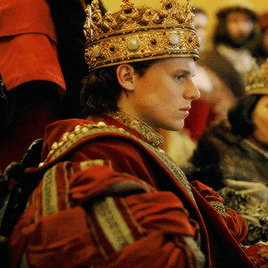


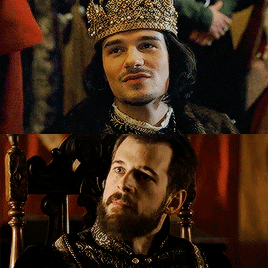
TUDOR WEEK 2023: Day 1: Favourite Tudor Rivalry
Henry VIII of England, Charles V, Francis I of France
'Despite appearances, [Henry VIII] had never really taken to Francis—who offered, apart from anything else, too much serious competition. For Charles, on the other hand—who was still only twenty—he felt a genuine affection. After his visit to England the young man had written a letter thanking him and Catherine warmly for their hospitality, and in particular for the advice Henry had given him “like a good father when we were at Cantorberi”; and it may well be that the King, who was, after all, already his uncle, did feel in some degree paternal—or at least protective—towards him. What seems abundantly clear is that Charles endeared himself not only to Henry but to all who were with him, in a way that Francis, with all his swagger, had completely failed to do.' (x)
#tudorweek2023#dailytudors#henry viii#francis i#charles v#historyedit#perioddramaedit#the tudors#historian: john julius norwich#my first tudor week!!#**
115 notes
·
View notes
Text

❝ Capac Cuna Inca o Genealogía de los Incas (18th century) ❞
This canvas illustrates the “Inca family tree”. The Spanish monarchy of the time sought to legitimize its absolute power over the conquered territories. To this end, the Spanish were obliged to demonstrate that the conquest of Peru did not spell the end of the Inca dynasty, and that the kings of Spain were their only legitimate heirs. In this painting, the Holy Roman Emperor Carlos V appears as the successor to Atahualpa, and Carlos IV – the last king represented – figures as the 25th Inca emperor of Peru.
#charles v#atahualpa#inca#incans#amerindians#moors#indigenous peoples#south america#peru#conquest of peru#spain#new spain#new granada#new andalusia#kingdom of spain#spanish#spanish empire#catholicism#christianity#conquistadors#imperialism#colonialism#settler colonialism#colonization#paintings#art#18th century#1700's
10 notes
·
View notes
Text

Charles V and Philip II
Artist: Antonio Arias Fernández (Spanish, 1614-1684)
Date: 1639-1640
Medium: Oil on Canvas
Collection: Museo del Prado, Madrid, Spain
Description
This joint representation of two different sovereigns is of a type rarely found in Spanish portraiture. Its peculiar arrangement reflects the symbolism of the space for which it was commissioned: the Golden Hall at the Alcázar in Madrid. This was a large hall for the king´s public ceremonies and it also served as the antechamber to his bedroom, the so-called Fury Room. As part of the redecoration of both rooms in the 1630s and 1640s, a series of works was commissioned to depict the Castilian monarchs up to the then reigning Philip IV. Significantly, this series was distributed among both rooms, beginning in the king´s private bedroom and ending in the public area. This was a means of dramatizing the monarch´s dynastic ties, making the line of succession visible and calling on his forebears to witness his own existence, from his periods of rest to his appearances before the court.
Arias painted four canvases for this series that also included works by some of the most outstanding painters in Madrid at that time. Like his colleagues, he worked with a predetermined format and conditions. The paintings were to hang quite near the ceiling, some eight meters above the floor, and were to consist of paired seated portraits. That explains the figures´ placement, as if they were leaning out from a gallery, and the vantage point for which they were designed.
Within the severity associated with throned figures, the young artist sought to endow them with a certain degree of naturalness. The monarchs´ facial features faithfully repeat their portraits by Titian. In the case of Philip II, they are modeled after his likeness as a prince, which served to emphasize his youthfulness with regard to his father. The same care was taken in the attributes that identify each figure. Charles V wears robes and has an imperial crown behind him, while Philip carries a baton and rests his hand on a globe that symbolizes the planetary extent of his possessions.
#portrait#painting#oil on canvas#charles v#phillip ii#men#royalty#antonio arias fernandez#spanish painter#17th century painting#spanish art#european#imperial robes#imperial crown#baton#globe#spanish history#symbolism#seated#chairs#drapes#holy roman emperor#king#spanish monarchy
7 notes
·
View notes
Text
Allegory of Franche-Comté, anonymous author, Musée du Temps de Besançon. From left to right are Maximilian I, Charles II and Charles V.

Artist: Unknown
#history#house of habsburg#charles ii of spain#habsburg#17th century#carlos ii#spain#art#please like and reblog#espanol#spanish history#european history#monarquia#monarquía española#monarch#historical figures#charles v#maximillian I#historical painting#painting
15 notes
·
View notes
Text
I try to be fair to political operators in the Tudor period but Simon Renard was a SNAKE.
Setting aside his paranoia of Elizabeth- because he probably genuinely thought she was dangerous- Mary had concerns that Philip would have to leave to govern his territories and Renard told her it was "his greatest wish to stay by her side" which was a LIE because when did Philip say any such thing? Renard must have known Philip would have to leave at some point. He lied and promised more than Philip could possibly ever deliver.
17 notes
·
View notes
Text
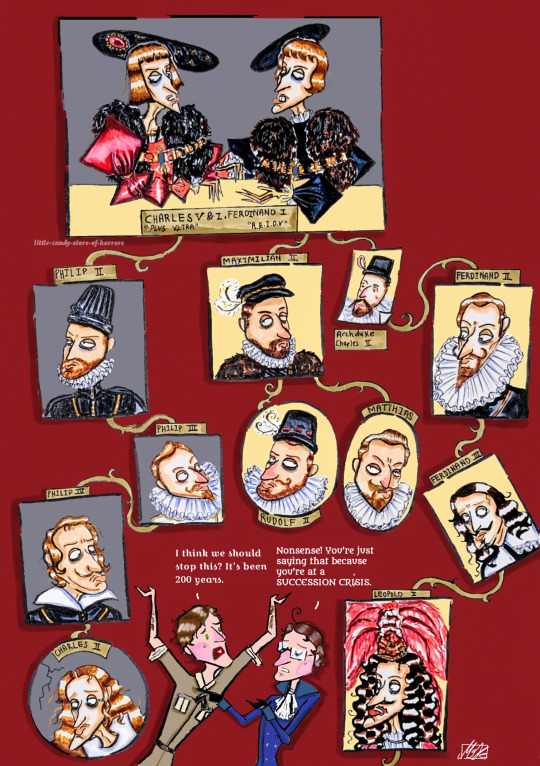
"Bella gerunt alii, tu felix Austria nube!"
Day 6 of @spaus-week 's challenge
"Let others wage war, you, happy Austria, marry!" Was the political strategy of the Habsburgs, and marry did the House of Austria! Infamously, scandalously, sensationally. A mangled wreath of a family tree. We all know this horror story. And we all know the bitter end.
After Emperor Charles V&I divided his Spanish and Austrian inheritance ((also gained through his parents' and grandparents' marriages)) to his descendants and those of his younger brother Ferdinand I respectively, the Habsburg dynasty split into two branches. The Spanish and Austrian Habsburgs notoriously intermarried for generations, right up till Charles II of Spain whose heirless death in 1700 sparked the War of the Spanish Succession. The inbreeding and this informal Latin motto behind it has been blamed to hell and back for their implosion, for the physical ugliness that ran in this royal bloodline. But it is not to say the Habsburgs never went to war, nor that dynastic marriage was a political strategy unique to them! But they were, if anything, bloody successful at it seeing how they did rule half of Europe for 200 years, and then a lot of it in the Austrian line for another 200. Before anyone figured out inbreeding was bad it was considered a privilege to marry into the Habsburgs, with Louis XV claiming that Louis XVI's betrothal to Marie Antoinette was marrying the "Daughter of the Caesars", and Napoleon Bonaparte infamously ditching Josephine for Marie Louise. Charles II was a poor sod who took the fall and the mugs were wretched from the same ugly gene being passed around countless times*, but they did wear power and privilege well.
💅✨ Symbolism bc I'm a NERD and this my Category 10 autism event ✨💅 :
Charles V & Ferdinand I's joint portrait based on that propaganda woodcut, behind them the colours of the Habsburg flag.
The Spanish branch, comprising Charles V & I's descendants, is represented with a black background, and the Austrian branch, comprising Ferdinand I's descendants, gold, both colours pulled from their flag, a dynasty intertwined but split in two.
Round frames denote that the individual had no heirs.
Only the most influential ruler on both sides, the King of Spain and the Holy Roman Emperor, are represented as framed portraits, explaining Archduke Charles II's unframed depiction.
The unconventional placement of Charles II of Spain and Emperor Rudolf II's nameplates are a nod to their queerness: their intersexuality and bisexuality respectively.
Ferdinand III's portrait is lopsided because of the losses of the 30 Years War.
Cracks in Charles II's portrait: 🙃🙃🙃
#Was this just an excuse for me to draw the family tree/wreath? YES. Might continue it to Blessed Karl™ *faints*.#That said i literally took three tries to get the Austrian branch right in just this fraction. Nightmare.#spausweek#Charles v#philip ii#philip ii of spain#Philip iii#philip iv of spain#felipe iv#charles ii of spain#Carlos ii#ferdinand i#Maximilian ii#rudolf ii#Emperor Matthias#Ferdinand ii#Ferdinand iii#Leopold i#16th century#17th century#habsburg history#house of habsburg#austrian history#spanish history#historical hetalia#aph austria#aph spain#roderich edelstein#Antonio Fernandez#Hetalia
71 notes
·
View notes
Text
Ben and Evie being the power couple of Auradon is a favorite AU of mine. It’s very much like Charles V and Isabella of Portugal, but without any cousin stuff. I know Audrey would have been more upset.
D3 if Ben x Evie were a thing and during the proposal:
Queen Leah: “You were supposed to be his queen, and you let someone who’s basically a carbon copy of you take your place?”
Audrey: “She’s a witch too, Grammi. She knows magic and is everything that I’m not.”
Chad: “Like being a fashion designer, the mom friend of the group, plus the fact that she’s involved in anything Isle or VK-related, just like Ben is. It’s a good match.”
Audrey: “Bitch, you were supposed to be on my side.”
#descendants#descendants 2#descendants 3#descendants rise of red#ben florian#evie grimhilde#mal bertha#jay descendants#carlos de vil#king ben#audrey rose#chad charming#ben x evie#bevie#benvie#like ik audrey would've been more pissed#charles v#isabella of portugal#habsburg#house of habsburg
32 notes
·
View notes
Photo
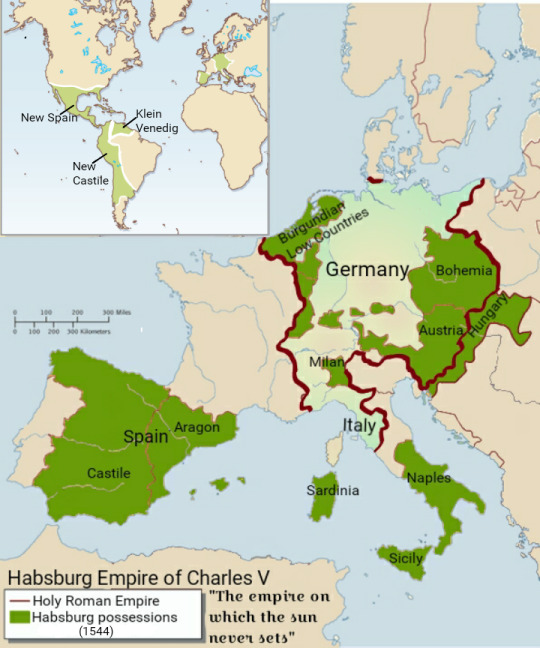
Habsburg possessions under Charles V
133 notes
·
View notes